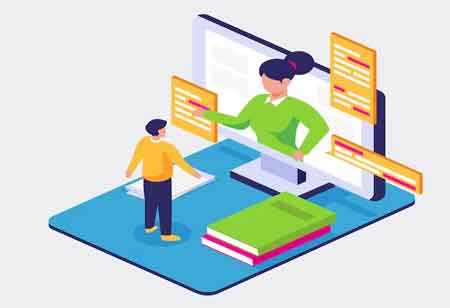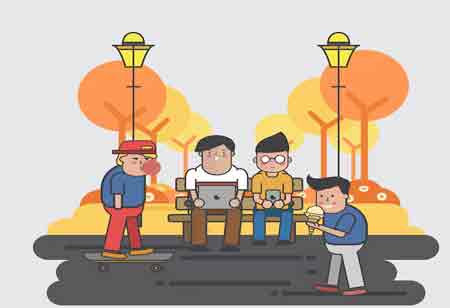THANK YOU FOR SUBSCRIBING
Be first to read the latest tech news, Industry Leader's Insights, and CIO interviews of medium and large enterprises exclusively from Hrtech Outlook
THANK YOU FOR SUBSCRIBING

By
HR Tech Outlook | Friday, September 05, 2025
Stay ahead of the industry with exclusive feature stories on the top companies, expert insights and the latest news delivered straight to your inbox. Subscribe today.
FREMONT CA: Gamification has become a practical method for increasing employee engagement by integrating game-like features into the work environment. The approach motivates employees and promotes desired behaviors as organizations aim to enhance productivity, elevate morale, and cultivate a positive workplace culture. By fostering a sense of competition and achievement, gamification also promotes collaboration and innovation, leading to a more engaged and dedicated workforce.
Implementing an employee gamification platform has been shown to significantly enhance engagement by providing a fun and intuitive approach to work and goal achievement. Research indicates that gamification can boost employee engagement by up to 48 percent. The platform taps into both intrinsic and extrinsic motivations, with employees driven by personal achievements and competition with colleagues, as well as the prospect of rewards such as recognition and prizes. Gamifying the learning and development process has also proven highly effective, with employees engaging more frequently and completing learning modules at much higher rates. Additionally, gamification has been shown to reduce feelings of isolation in remote work environments, helping employees feel more connected to their teams, managers, and company, regardless of their physical location.
Examples of Gamification in Employee Engagement
Leaderboards: Leaderboards are a core aspect of gamification that leverages friendly competition. By displaying a scored and visual ranking of employees' progress concerning their peers, they increase motivation to achieve goals and climb the leaderboard. This competitive element encourages employees to outperform each other, leading to heightened engagement and goal accomplishment.
Progress Bars: Interactive visuals like progress bars allow employees to track their progress toward a goal. These visual aids help individuals see their achievements and understand what steps are needed to reach their targets. When employees observe tangible progress, their engagement and productivity often increase, motivating them to achieve their goals faster.
Onboarding, Training, and Learning: Gamified onboarding and training programs are more engaging than traditional methods. These interactive systems often include point-based learning modules, quizzes, and visual elements like infographics, which help employees track their progress and identify areas of improvement. Such learning experiences cater to various learning styles, offering inclusivity and promoting higher engagement.
Community Interaction: A social component is vital in employee engagement gamification. Platforms that allow employees to interact positively—through likes, shout-outs, and other forms of acknowledgment—foster a sense of connection. This is particularly important for remote or hybrid employees, as it helps them feel more engaged with the company and their teams.
Swag and Status Symbols: Badging and achievement systems in gamification provide visible recognition of employees’ efforts. These status symbols serve as a form of "bragging rights," allowing employees to display their accomplishments. Such rewards motivate and create a recognition culture where employees are driven to continue striving for success.
Recognition: Recognition is an essential element in gamification to reinforce desired behaviors. Acknowledging employees when they achieve goals or milestones through rewards or public shout-outs encourages repeating those behaviors. It reinforces engagement and ensures that employees stay motivated and on track to meet future objectives.
Organizations can create a more collaborative work environment by incorporating elements such as leaderboards, progress bars, interactive learning experiences, and recognition systems. Gamification fosters healthy competition and achievement and strengthens team connections, especially in remote or hybrid settings. Gamification in employee engagement strategies contributes to a culture of continuous learning, motivation, and success, helping businesses drive performance and retain top talent.
I agree We use cookies on this website to enhance your user experience. By clicking any link on this page you are giving your consent for us to set cookies. More info

However, if you would like to share the information in this article, you may use the link below:
www.hrtechoutlookeurope.com/news/impact-of-gamification-on-employee-engagement--nid-4246.html



